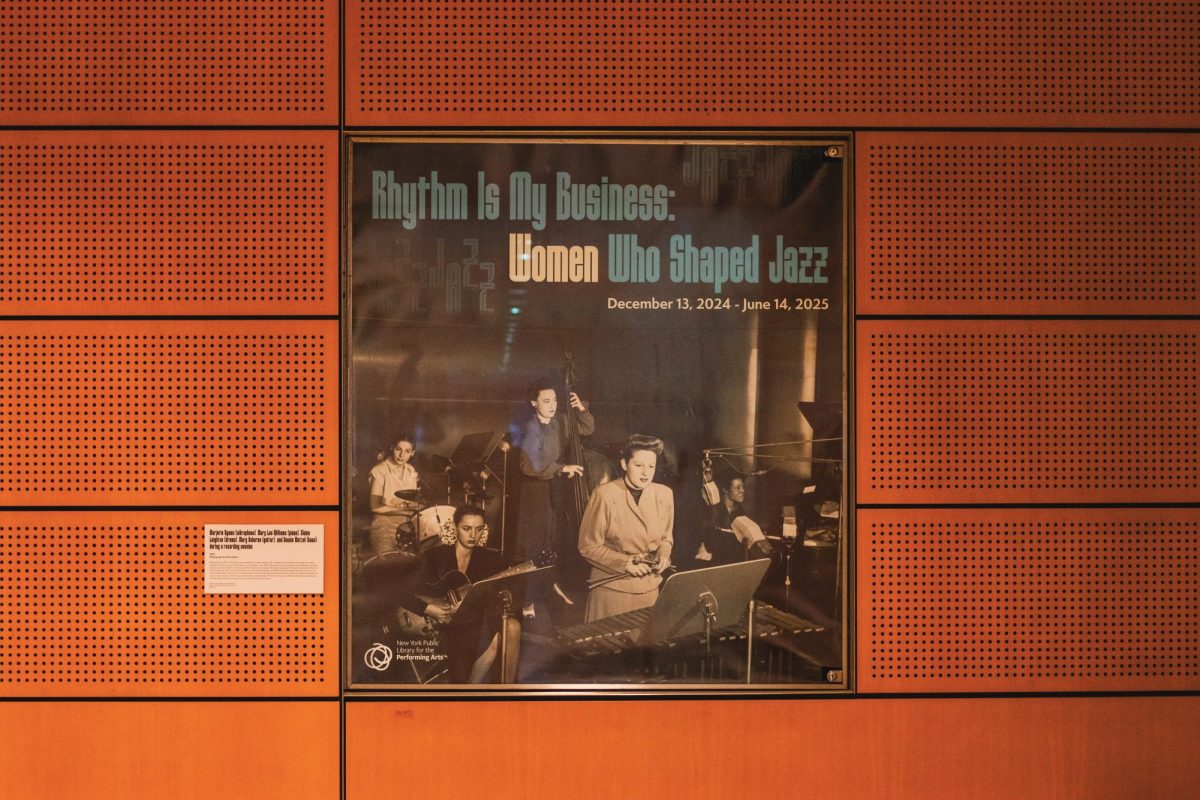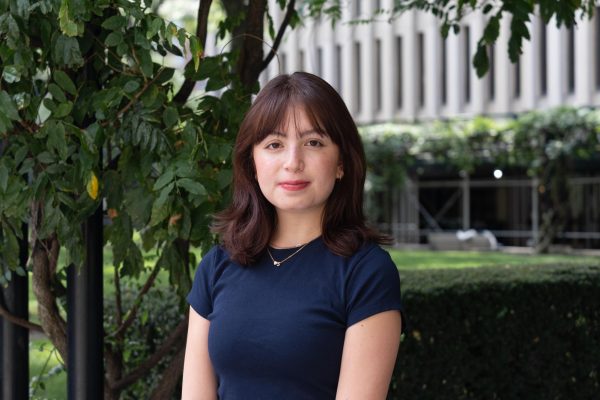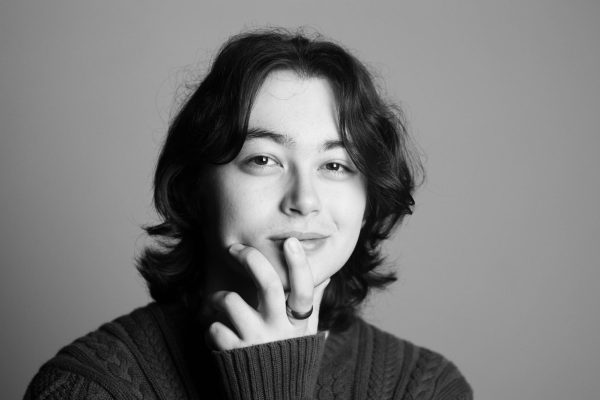Armstrong and Coltrane: two household-name musicians who were pivotal figures in the development of jazz. Despite their historical essentiality, you probably first thought of their husbands, Louis Armstrong and John Coltrane. Lil Hardin Armstrong and Alice Coltrane are just two of the female jazz musicians who society has turned a blind eye to. How can we confront our unawareness and maintain appreciation for women in jazz?
Through June 13, the New York Public Library of Performing Arts (NYPL) will be shedding some well-deserved light on female jazz musicians who played significant roles in establishing the genre in the 19th century Southern United States, in their exhibition “Rhythm Is My Business: Women Who Shaped Jazz.”
Free of charge and conveniently located one block from Fordham Lincoln Center’s campus, this exhibit offers an invaluable educational experience.
In the gallery’s orientation plaques, they declare their mission to showcase the diverse accomplishments of jazz women “who kept the world swinging through the Great Depression, World War II and into the prosperous days of the 1950s, 60s, and beyond.”
Authors Danielle Cordovez, Rebecca Littman and curator Kevin Parks showcased a collection of photos, recordings and music records for this historical gallery walk in the Shelby Cullom Davis Museum. In the gallery’s orientation plaques, they declare their mission to showcase the diverse accomplishments of jazz women “who kept the world swinging through the Great Depression, World War II and into the prosperous days of the 1950s, 60s, and beyond.”
The walk-through begins with a clip from the 1981 documentary “Women in Jazz: The Instrumentalists” narrated by Marian McPartland, a prominent musician described by the curators as “a force in jazz.” McPartland was a talented pianist, composer and radio host, and co-founded her own record company, Halcyon Records, that supported lesser-known jazz artists dropped from larger labels, such as Eubie Blake and Mary Lou Williams.
A clip from the documentary shows trumpet player Dolly Jones Alema acting in Oscar Micheaux’s 1936 feature film “Swing!” — particularly showcasing the scene in which she must prove her ability to male jazz musicians — a situation that McPartland mentions was rooted in reality. She says that prevailing narratives claimed that playing instruments beyond piano required a “strength that only men were supposed to have.” McPartland describes how society was set on diminishing female jazz talent, saying that standard “attitudes towards women … took their toll,” and women either “didn’t even try” or were simply “not accepted.”
Regarding those who were able to gain career traction despite societal pressures, McPartland states, “We don’t know anything about them.” This statement targets society’s ignorance of the significance of women in cultural movements. NYPL’s exhibit makes great leaps in educating the importance of women in jazz history and historical change in the 20th century.
The exhibition’s showcase of iconic American singer-songwriter and pianist Nina Simone is a perfect display of the intersection of jazz, women and the civil rights movement. According to the NYPL exhibition curators, “Simone’s music often addressed themes of social justice and the African American experience, making her an influential figure in the Civil Rights Movement.” With her music, Simone was able to empower women in jazz and Black women, in general.
Further along the gallery, the exhibit offers the opportunity to listen to Alice Coltrane’s piece “One for the Father,” which she wrote for her husband, famed jazz musician John Coltrane. The immersive experience allowed me to fully appreciate Alice Coltrane’s mastery of the piano. It is not enough to read about a female jazz musician — you must listen to her art to realize her impact in the genre. It is incredible to listen to a woman who has acquired such skill when so many were against her.
NYPL’s exhibit makes great leaps in educating the importance of women in jazz history and historical change in the 20th century.
McPartland, Simone and Coltrane are a few of the significant women the gallery pays homage to with photos, music records and informational blurbs. These musicians have made their marks on history and opened doors for women in music at large.
While their significance is their own, it is important to note that their fame is often described in reference to male musicians. In fact, an all-male supporting jazz band is given the spotlight in an image, despite it being there to highlight a lead woman solo singer, Ina Ray Hutton.
This detail of the exhibit showcases a tendency to measure women against men as the standard; most women in jazz had to be associated with men to gain any recognition or opportunity. Single women had to excel phenomenally in their time to be seen at all.
Despite this tension, the NYPL curators’ effort to highlight women across jazz is an introductory example of how we can alter perspectives to uplift all women. Continuing to combat historical neglect towards women — in jazz and in general — will ultimately empower young girls to take their place in the spotlight, following the powerful women that came before them.



